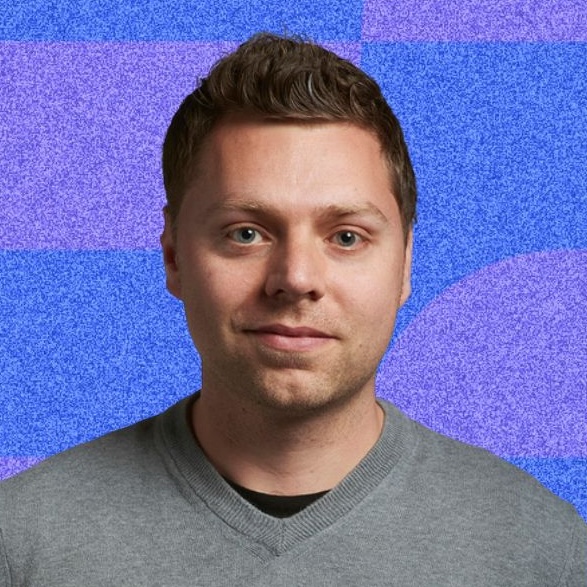

Google scientists have created one of the largest neural networks for machine learning by connecting 16,000 computer processors, which they allowed to surf the internet to learn on its own. Presented with 10 million YouTube videos, the first thing it did was look at cats.
Genuinely, the first thing it chose to do was teach itself to recognise cats. Researchers will present the results of their work at a conference in Edinburgh, Scotland.
"We never told it during the training, ‘This is a cat''' said Google's Dr Jeff Dean. "It basically invented the concept of a cat."
"Contrary to what appears to be a widely-held intuition, our experimental results reveal that it is possible to train a face detector without having to label images as containing a face or not".
"We also find that the same network is sensitive to other high-level concepts such as cat faces and human bodies. Starting with these learned features, we trained our network to obtain 15.8% accuracy in recognizing 20,000 object categories from ImageNet, a leap of 70% relative improvement over the previous state-of-the-art."
The findings came from work done by the company's Google X department.
Via: Daily Mail
Get exclusive shortlists, celebrity interviews and the best deals on the products you care about, straight to your inbox.

As Content Director of Shortlist, Marc likes nothing more than to compile endless lists of an evening by candlelight. He started out life as a movie writer for numerous (now defunct) magazines and soon found himself online - editing a gaggle of gadget sites, including TechRadar, Digital Camera World and Tom's Guide UK. At Shortlist you'll find him mostly writing about movies and tech, so no change there then.